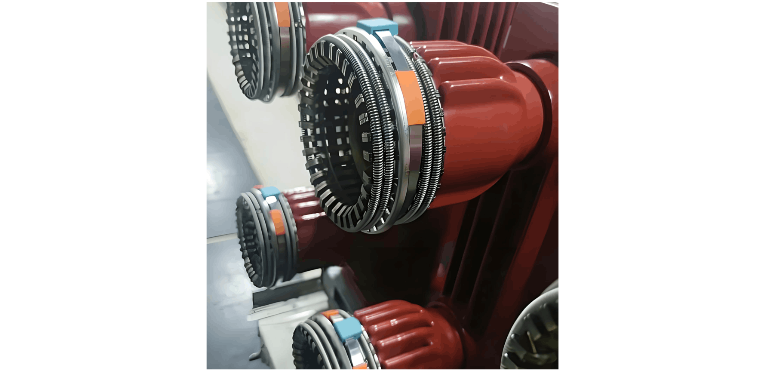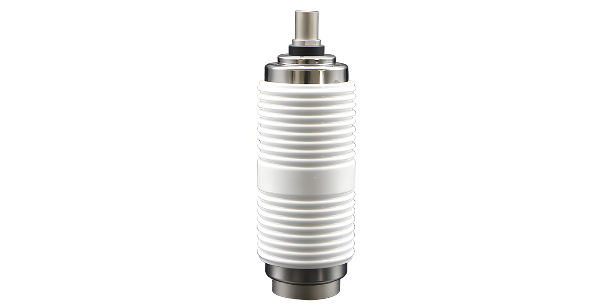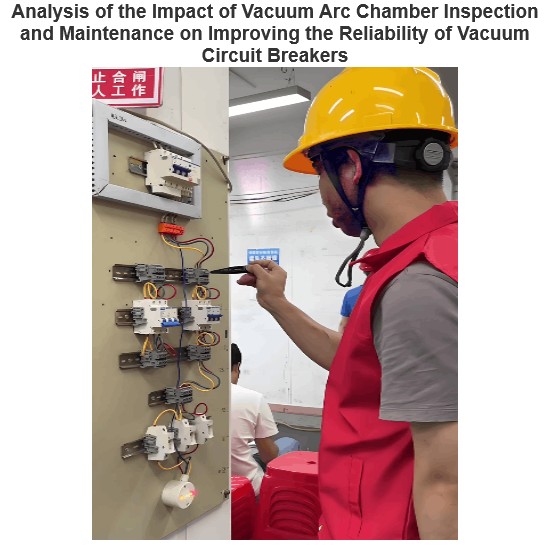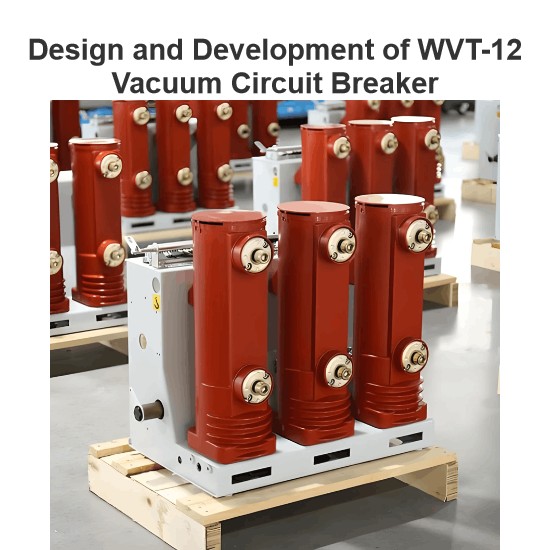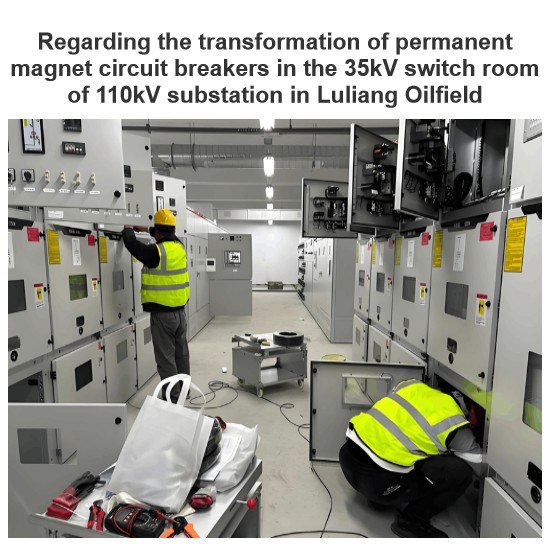I. Overvoltage Prevention
Vacuum circuit breakers excel in interrupting performance, but high overvoltage may occur across inductors during the switching of inductive loads due to abrupt changes in loop current, which requires special attention. When switching small-capacity motors, starting currents are large, so measures like step-down starting should be adopted to limit the current.
Transformers with different structures show distinct characteristics: oil-immersed transformers have high impulse voltage withstand capability and large stray capacitance, eliminating the need for additional protection; dry-type transformers with low impulse voltage resistance should preferably be protected by zinc oxide arresters, or by utilizing cable distributed capacitance and installing capacitors.
For outgoing line protection vacuum circuit breakers, long lines and large stray capacitance, combined with multiple connected devices, generally prevent the generation of high trapped-phenomenon overvoltage, so no special protection is needed during operation.
Field tests on capacitor banks show that the overvoltage generated by vacuum circuit breakers during switching typically does not exceed twice the rated value. In China, shunt capacitors are commonly used below 60kV, where equipment insulation levels are high enough to withstand normal switching overvoltage. However, poor-performance circuit breakers may cause high overvoltage due to prolonged contact vibration during switching, as evidenced by domestic and international test cases, which demands vigilance.
II. Control of Closing and Opening Speeds
A too-low closing speed prolongs pre-breakdown time, increasing contact wear. Vacuum circuit breaker interrupters, often using copper brazing and high-temperature degassing, have limited mechanical strength and vibration resistance. Excessively high closing speed causes severe vibration and bellows impact, drastically shortening the bellows service life. Typically, the closing speed should be controlled at 0.6m/s–2m/s, with an optimal value for specific structures that requires precise adjustment.
During interruption, the arc duration is short (no more than 15 power frequency half-waves), and the interrupter must have sufficient insulation strength at the first current zero-crossing. It is generally desired that the contact stroke reaches 50%–80% of the full stroke within one power frequency half-wave, necessitating strict control of the opening speed. Additionally, the opening and closing buffers should have excellent characteristics to mitigate impact forces and protect the interrupter lifespan.
III. Contact Stroke Control
Vacuum circuit breakers feature short contact strokes (typically 8mm–12mm for 10kV–15kV rated voltage, with an over-travel of only 2mm–3mm). Do not mistakenly increase the stroke under the assumption that a larger gap benefits arc extinction. Excessive stroke will impose excessive stress on the bellows after closing, causing damage and compromising the vacuum seal, which may lead to equipment failure.
IV. Load Current Limitation
Vacuum circuit breakers have poor overload capacity. The vacuum between contacts and the housing forms thermal insulation, so heat from contacts and conductive rods mainly dissipates through conduction. To keep the operating temperature within the allowable range, the working current must be strictly limited to below the rated value to avoid overheating and ensure reliability.
V. Stringent Handover and Acceptance
Although vacuum circuit breakers undergo rigorous factory acceptance, transportation and installation may alter parameters or cause mechanism mismatches. After on-site installation, key parameters must be retested, including closing bounce, opening distance, compression stroke, closing/opening speeds and times, contact resistance, break insulation level, and transmission acceptance tests, to ensure all indicators meet technical requirements.
VI. Maintenance Cycle Implementation
Vacuum circuit breakers are not maintenance-free; the cycle should be adjusted flexibly based on regulations and actual operation:
- During seasonal (annual) preventive tests, use power frequency withstand voltage to inspect the vacuum degree of interrupter breaks and ensure arc extinction performance.
- After 2,000 normal operations (load current switching) or 10 rated short-circuit current interruptions, check all screws and verify parameters against maintenance specifications; continue use if qualified.
- After 20 years of out-of-service storage or transportation, retest the vacuum degree according to interrupter inspection standards and replace the device if unqualified.
VII. Vacuum Interrupter Maintenance
The vacuum interrupter, the core component, uses glass or ceramic for support and sealing, with moving/stationary contacts and a shield inside, maintaining a vacuum degree of 1.33×10⁻⁵Pa to ensure arc extinction and insulation. A decrease in vacuum degree significantly impairs interrupting performance, so avoid any external collision, knocking, or impact during handling and maintenance. Prohibit placing objects on the circuit breaker to prevent interrupter damage from falls.
After strict parallelism inspection and assembly at the factory, evenly tighten interrupter bolts during maintenance to ensure uniform force and optimal operation.
The above content, summarized from practical maintenance experience, aims to provide technical references for the safe and reliable operation of indoor vacuum circuit breakers, contributing to improved substation equipment management.


